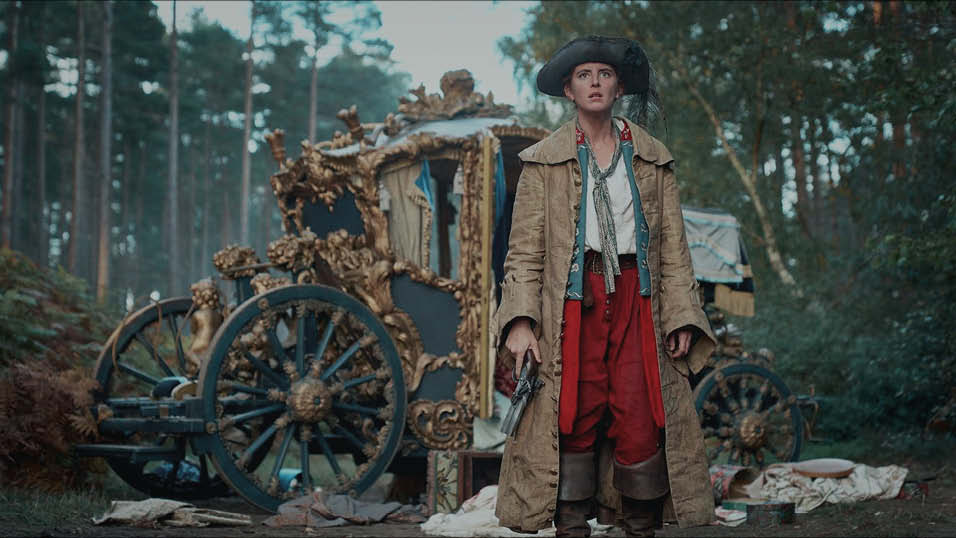Full frame cameras are an increasingly popular choice for drama productions, offering an ultra shallow depth of field and a distinctive look. Andy Stout reports
With its ultra shallow depth of field and distinctive look, full frame is an increasingly popular choice for productions looking to add a zeitgeist-friendly edge.
“The immediate benefit to us as cinematographers is that you get cameras with a higher resolution and pixel count,” says DoP Balazs Bolygo BSC, HSC. “It got to a state with the digital cameras where we were struggling to squeeze the amount of pixels that television manufacturers want us to record into a super 35m format, so manufacturers have decided to utilise a new format, full frame, which is able to create sensors which are able to deliver 6k or 8k resolutions.”
Full frame, which utilises an image sensor that is the same size as 35mm film and matching lenses that can cover the entire sensor area, was introduced in the lowly Canon 5D Mark II in 2008. Since then it has been co-opted by the high-end almost exclusively where it has become prized for its distinctly non-video look characterised by an ultra-shallow depth of field.
“Aesthetically it gives you a slightly longer focal length look, so you have got less depth of field, you have more separation between foreground and background in terms of focus,” says Bolygo. “There are also negatives in terms of panning speeds, and you have to be careful about how fast you move the cameras. But those are very narrow limitations.”
“The dynamic range of the cameras is getting better and better,” Balazs Bolygo DoP, BSC, HSC
Another defining full frame characteristic is the ability to shoot in impressively low light conditions, such as available streetlight.
“The dynamic range of the cameras is getting better and better,” says Bolygo. “With larger sensors, you have more resolution in the shadow, because of the amount of resolution you are playing with. It gives me more tonal range. Because you are using a larger sensor, aesthetically you have more resolution to play with in the shadows.”
While the cameras that have made full frame what it currently is, such as the ARRI 65, Sony Venice, and Canon C700 still dominate the field, it is becoming increasingly available on more mid-market units as the technology trickles down to cameras such as the Sony FX9 and Canon C500 Mk II. These are bringing some interesting autofocus capabilities into the picture, which can be handy given the shallow depth of field, and bringing full frame to a potentially wider range of productions
“The big thing is that your lenses suddenly start working,” says DoP Brett Danton who was one of the first to use the C500 Mk II on a Jaguar commercial. “You’re getting full use of those lenses which is something I really enjoy about it; you’re not cropping on or moving a whole heap off the sides. The second thing I love is the way that it drops off things in the background and gives you that separation. It gives you a lot more depth to your image. In theory that’s possible with Super 35, but it’s not possible to the same degree. You can also reframe in size, punch out, all that sort of stuff.”
This article first appeared in the Winter 2019 issue of Televisual Magazine. Subscribe to Televisual Magazine here
Jon Creamer
Share this story

















